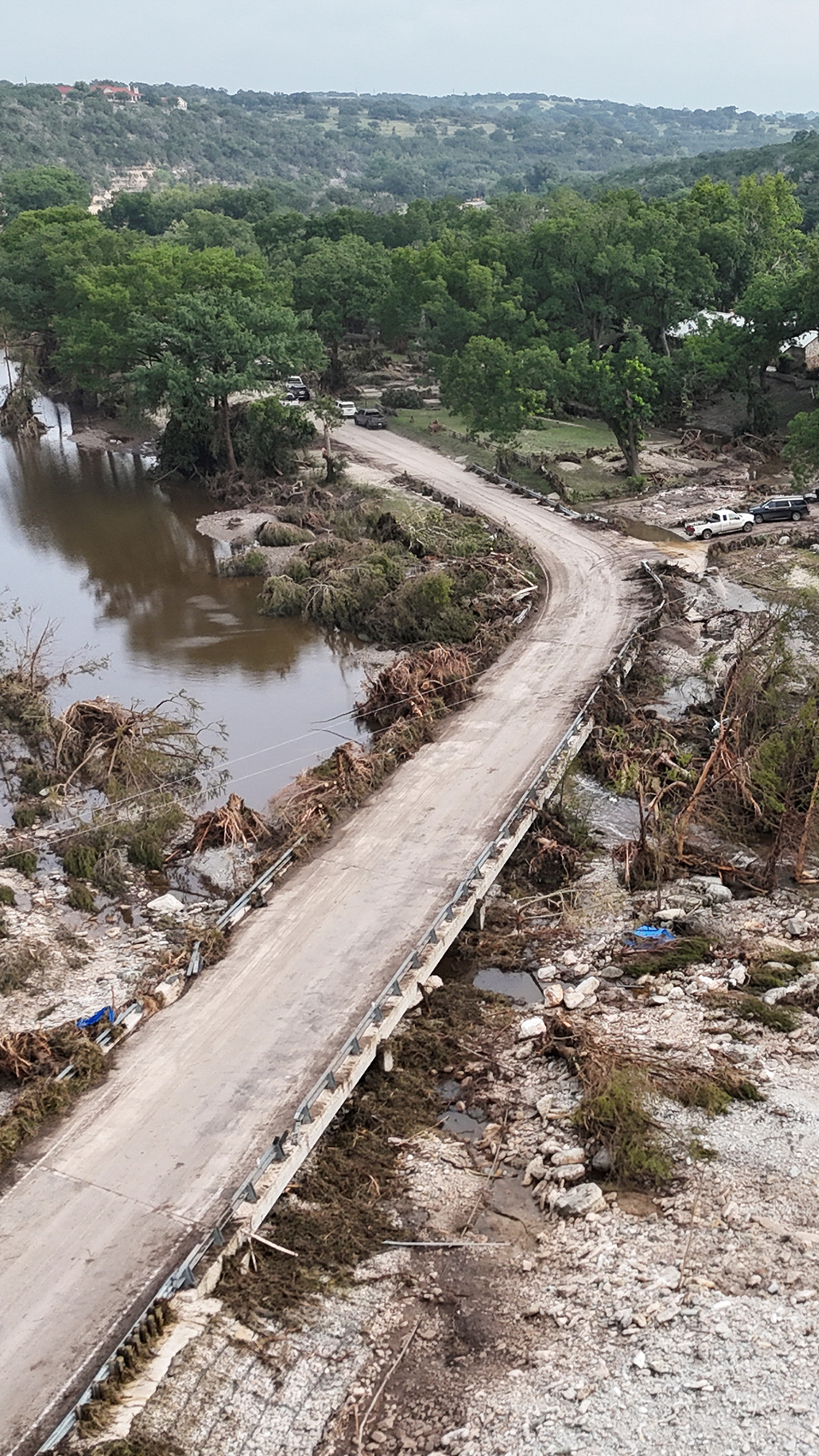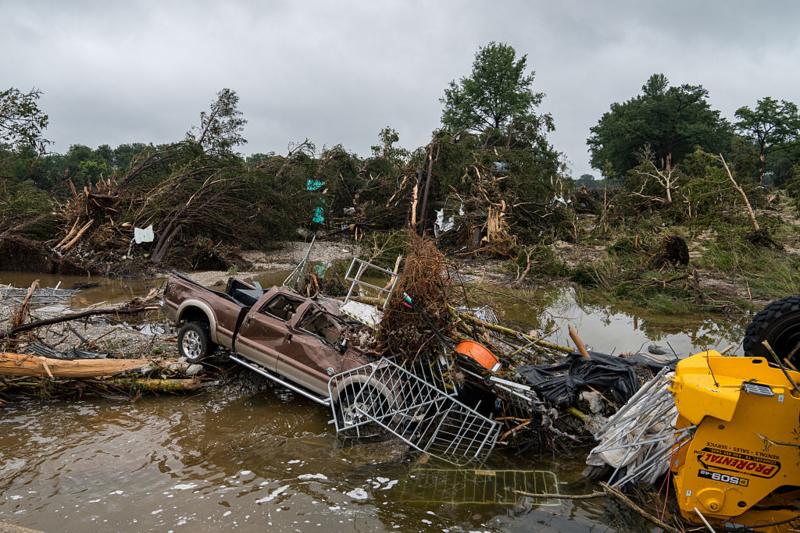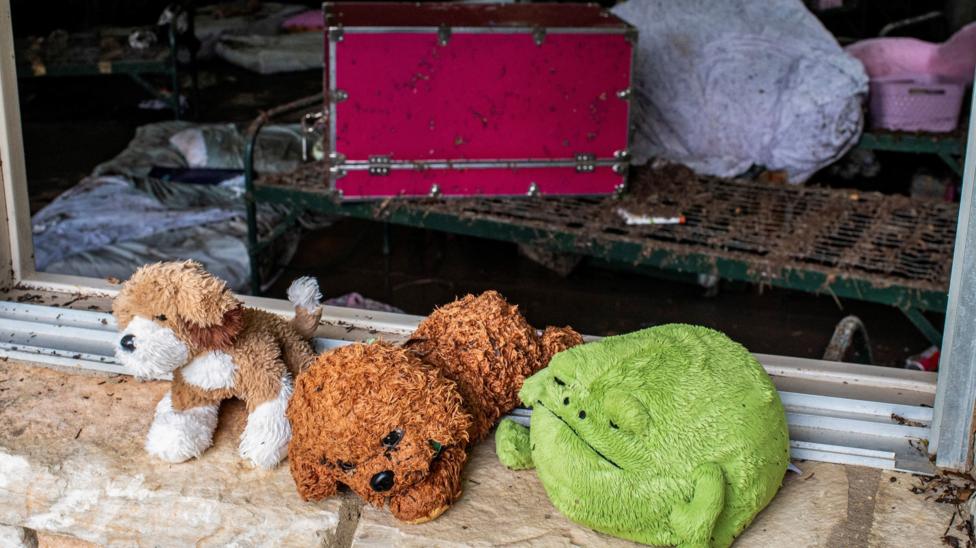The torrential rain that brought destruction to a children’s summer camp and other holiday spots in rural Texas came with devastating speed.
Water came crashing through the stone cabins of Camp Mystic in the early hours of Friday with little warning as the girls and staff slept.
The Guadalupe River had burst its banks after months of rain fell in just a few hours, a freak weather event described by officials as a “100-year catastrophe”.
At least 111 people are confirmed dead across the state, 27 of them from the Christian summer camp.
Water tore through the green-roofed cabins, leaving a trail of debris behind and taking lives as young as eight years old.
The kind of power behind this destruction is conveyed in this footage, captured over just 27 minutes, which shows how rapidly the water rose in one area.
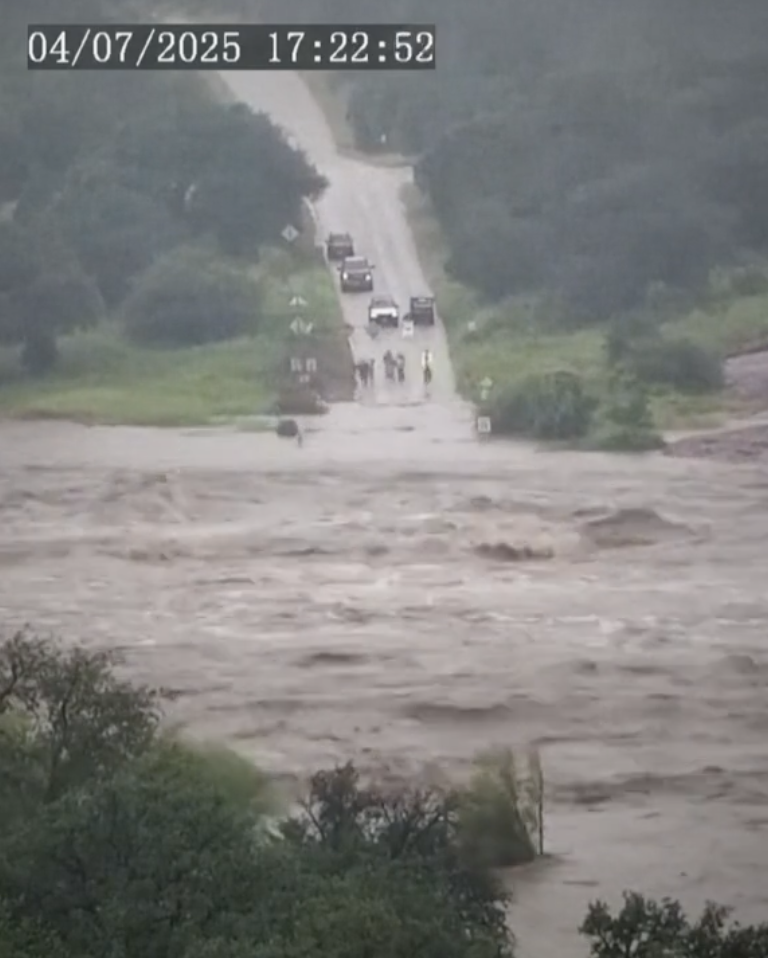

As the search continues for those still missing, questions are being asked whether more could have been done to prevent such huge loss of life.
Experts say there was a number of factors that contributed to the tragedy including the extreme weather, the location of the holiday homes and timing.
There was a large supply of moisture in the atmosphere from a tropical storm that had caused flooding in Mexico and then tracked north as it died out.
Kerr County, where the camp was located and where 87 lives have been lost, is a hillier part of Texas than surrounding counties. This meant that the moisture-laden air was forced upwards, building huge storm clouds.
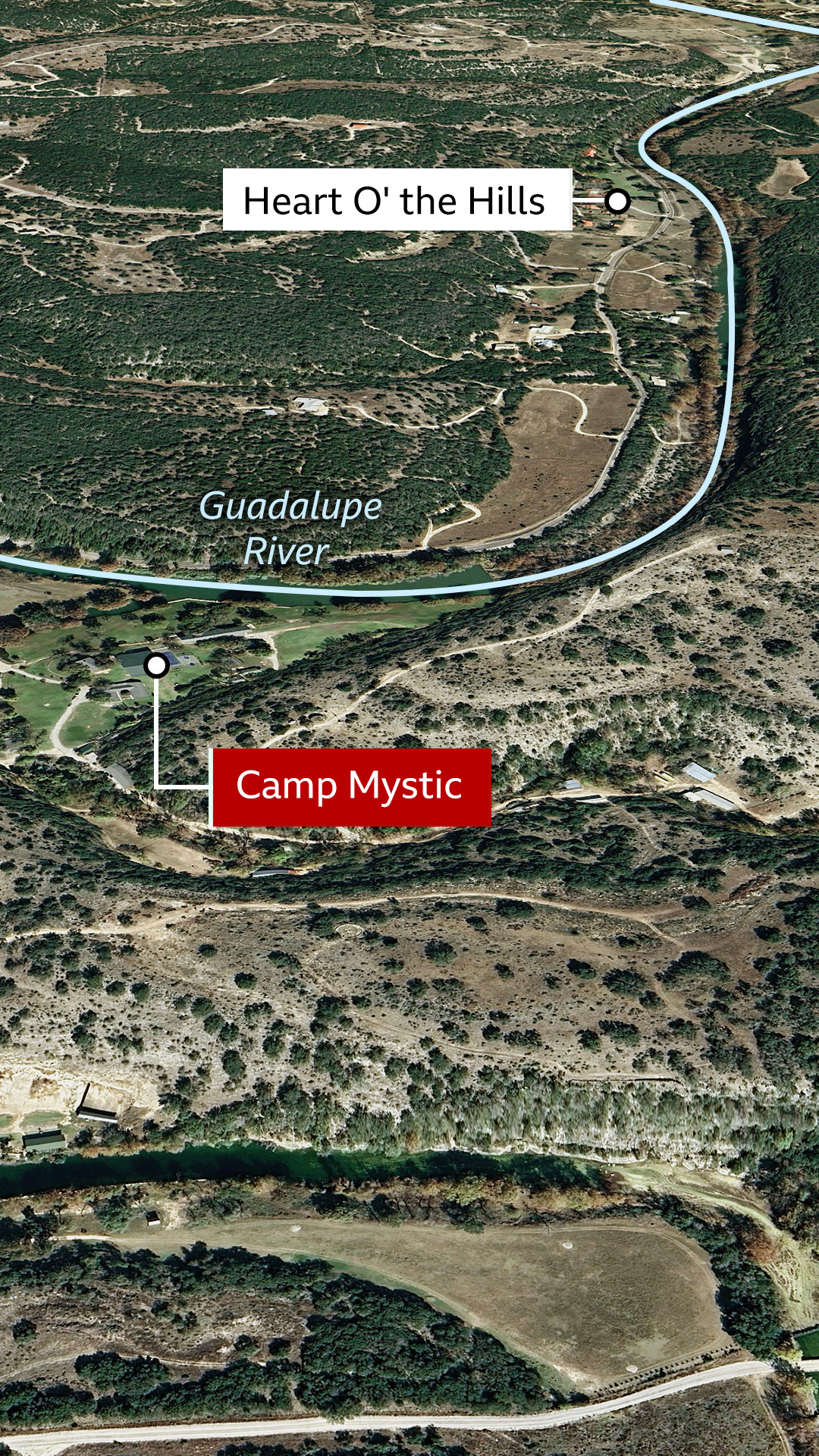
These storm clouds were so large they effectively become their own weather system, producing huge amounts of rain over a large area.
This system was slow-moving, adding to the rain totals, and creating further thunderstorms along the area containing the Guadalupe River, which surged with unprecedented speed.
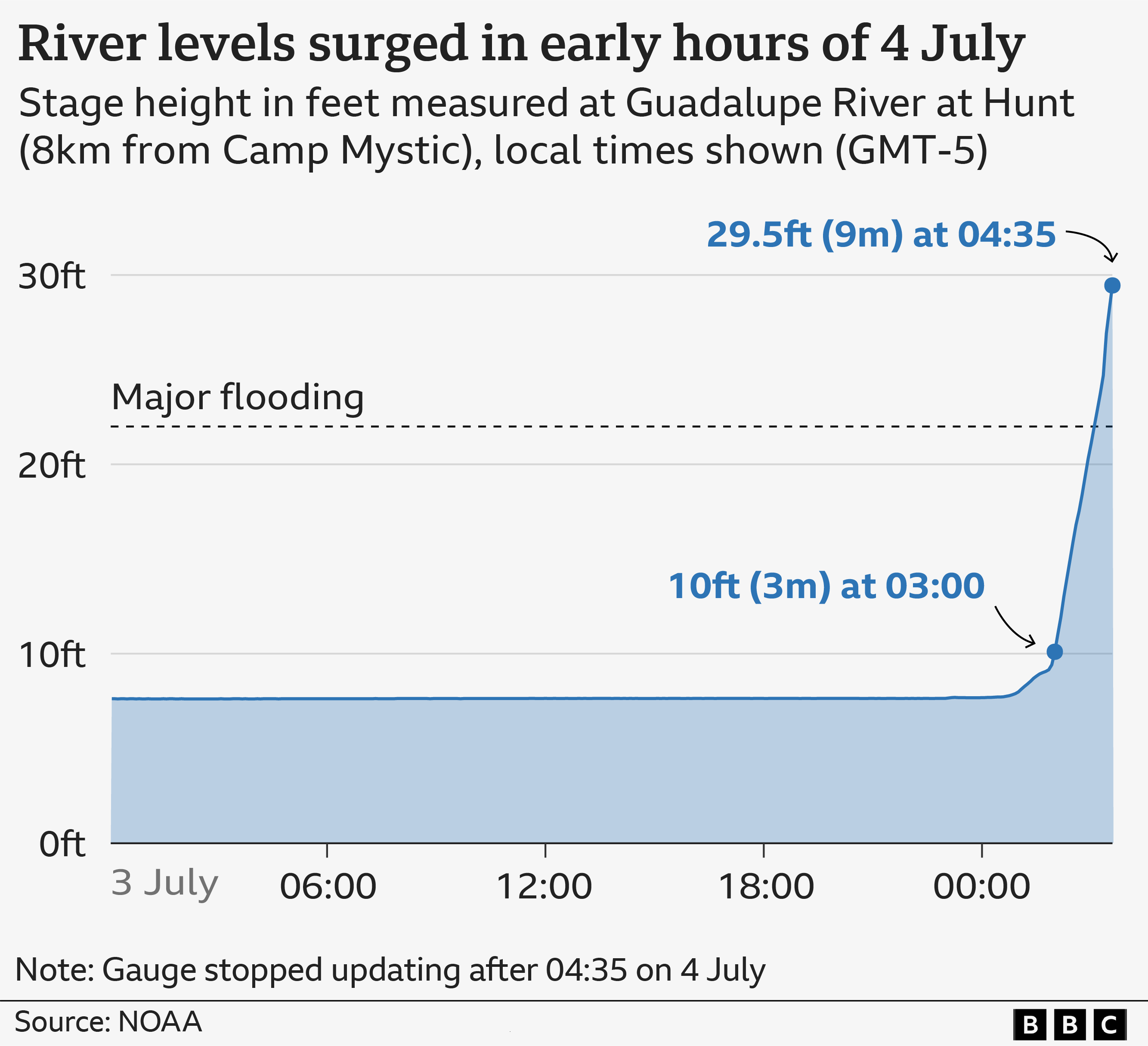

The National Weather Service reported a swathe of around 5-10in (125-250mm) of rainfall in just three to six hours across south-central Kerr County. Between Thursday and Monday there were nearly 21 inches of rain in some parts.
Average July rainfall over the last 25 years for the Kerrville area is just over two inches, which means around four months of rain fell in a matter of hours.
The timing also contributed to the loss of life - many Texans had gone to bed on the Thursday night unaware such a catastrophic storm would wake them in terror in just a few hours.
A flood watch had been issued on Thursday afternoon and after midnight local time it was upgraded to a flood warning, advising people to find higher ground.
In the next two hours it became a flash flood warning and some people have reported getting text alerts on their phones during the night.
At 3.30am, Kerrville City Manager Dalton Rice said he went for a jog near the river and it was only lightly raining.
Half an hour later, an emergency flash flood warning was issued for Kerr County, an alert from the NWS that this was a “particularly dangerous situation” alert, when major floods had already taken hold.
Camp Mystic was in a spot with some of the highest rainfall levels during those calamitous few hours.
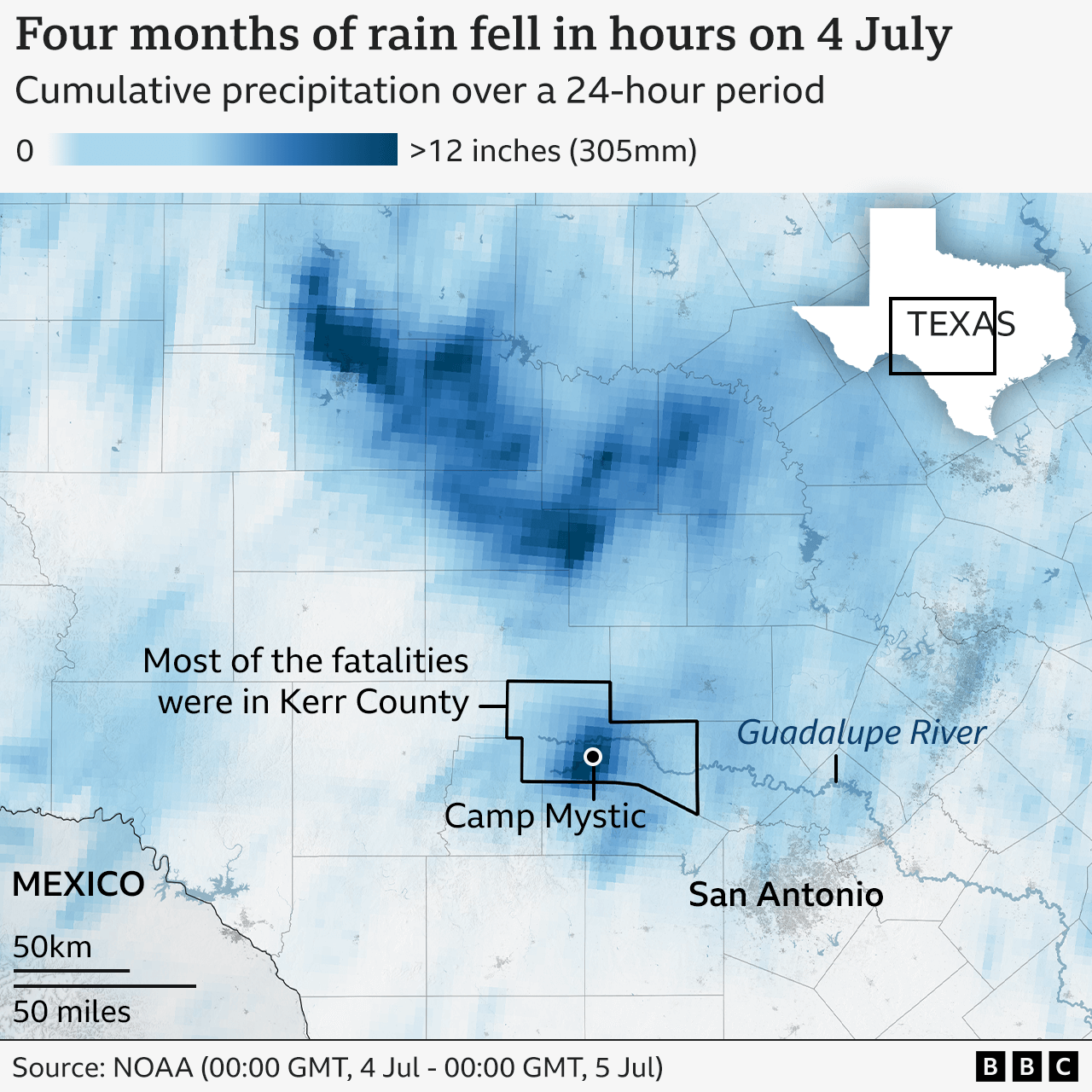

Kerr County is in the heart of the Texas Hill Country, a popular holiday destination due to its scenic rolling hills, countless rivers and lakes, as well as an abundance of wineries.
But there is a menace too - due to the recurring threat that has devastated local communities over the years, the region is also known as "Flash Flood Alley".
In those early hours of Friday, the downpours were directed off the hills and straight into the surrounding rivers causing them to swell at a rapid rate.
A torrent of water surged downstream, sweeping the low-lying area next to the river exceptionally quickly.
Some of the girls killed or still missing from the camp were in low-lying cabins less than 500ft (152m) from the river bank, reports the New York Times.
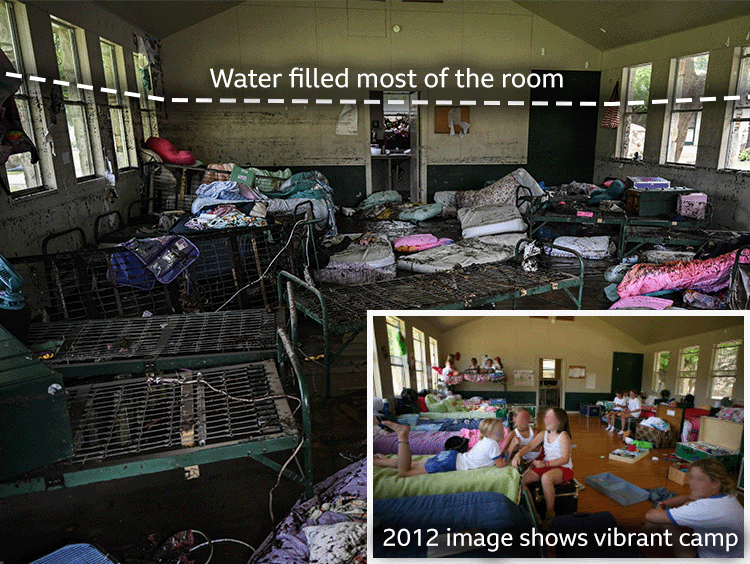
Those who got out alive, taken to safety in military trucks, said the camp was unrecognisable, with trees uprooted, kayaks in trees and girls being pulled out of the water.
When a BBC team reached the camp on Sunday, the entrance was cordoned off by police and the rubble of what might have been some kind of gatehouse was strewn across the ground.

The influence of climate change cannot be ignored as another factor in extreme weather events like this.
Whilst it is difficult to directly attribute the influence of the warming planet to one particular weather event, sea surface temperatures in the Gulf of Mexico, where some of the air originated from, continue to be warmer than normal.
Warmer waters mean more evaporation and so more available moisture in the atmosphere to feed a storm.
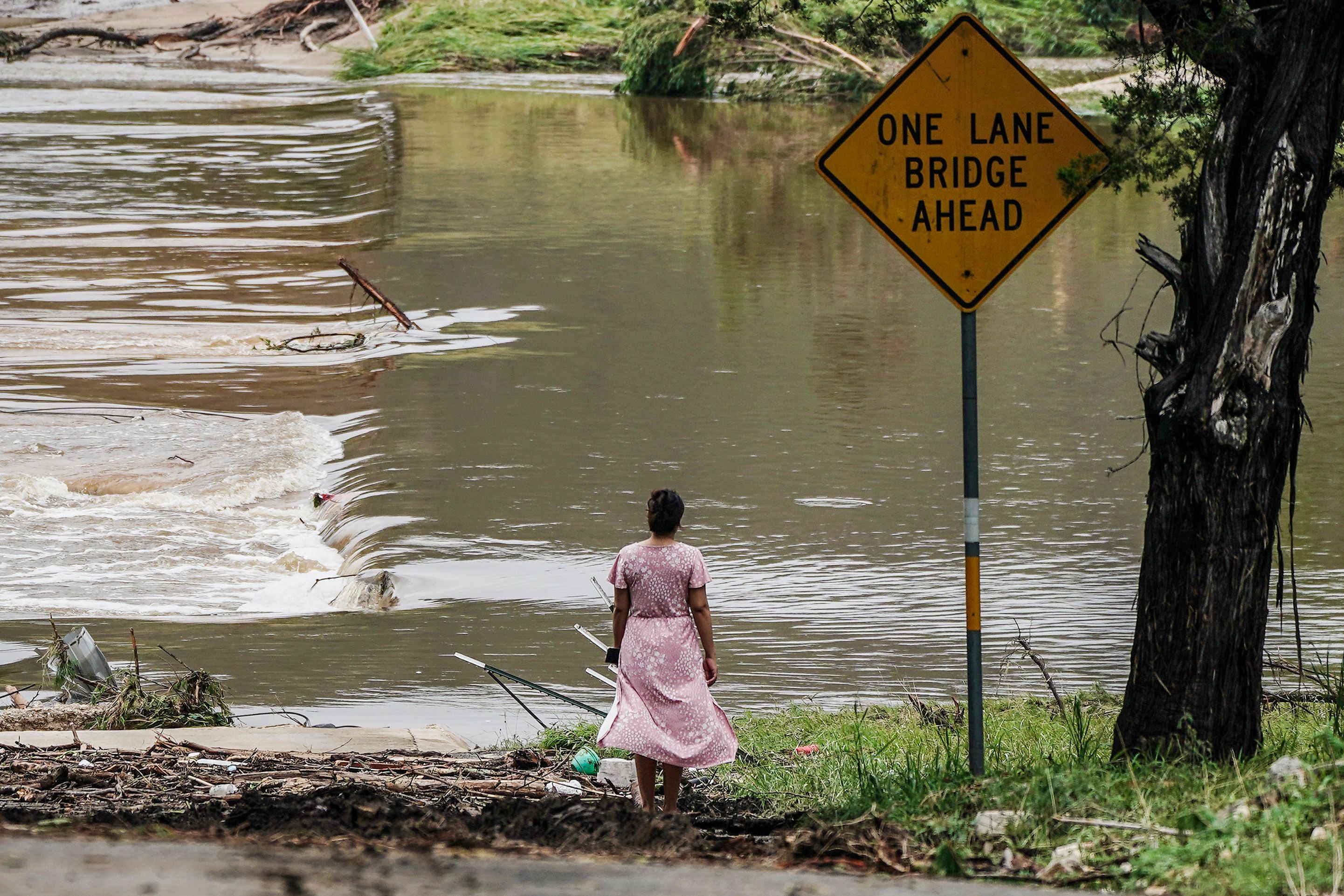
The year 2024 was a record-breaking year for this phenomenon, according to Copernicus Climate Change Service, meaning more “fuel” for extreme rainfall events.
Climate scientists continue to remind us that such rainfall events as we have seen in Texas will become more frequent and more extreme as the planet warms.
Contributors
Writing by Gary O’Donoghue in Kerr County, Texas, Matt Taylor of BBC Weather and Malu Cursino. Edited by Tom Geoghegan. Images: Reuters/Evan Garcia, Brandon Bell, Dustin Safranek/EPA/Shutterstock, Camp Mystic, Jim Vondruska, Ronaldo Schemidt/AFP and Getty
